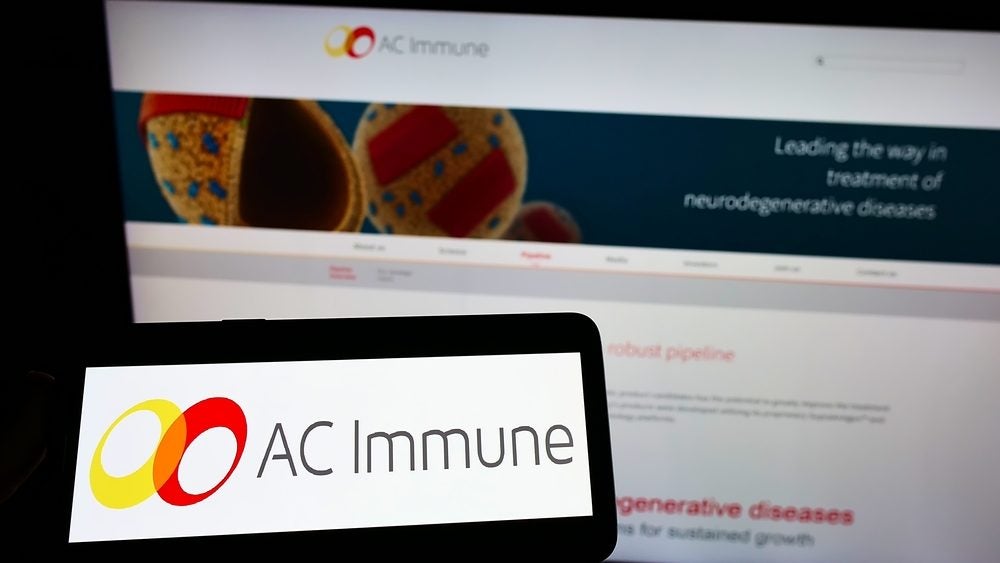Relay Therapeutics. has filed a patent for novel compounds and pharmaceutical compositions that inhibit the activity of SHP2 phosphatase. The patent also covers methods for treating disorders associated with SHP2 deregulation. GlobalData’s report on Relay Therapeutics gives a 360-degree view of the company including its patenting strategy. Buy the report here.
According to GlobalData’s company profile on Relay Therapeutics, Targeted cancer therapy was a key innovation area identified from patents. Relay Therapeutics's grant share as of September 2023 was 9%. Grant share is based on the ratio of number of grants to total number of patents.
Inhibiting shp2 phosphatase activity and treating associated disorders
A recently filed patent (Publication Number: US20230234958A1) describes a compound of Formula X and its various forms and compositions for the treatment of SHP2-mediated diseases or disorders. The compound, along with its pharmaceutically acceptable salts, is claimed to have therapeutic potential in conditions such as chronic myelomonocytic leukemia, acute myeloid leukemia, breast cancer, non-small cell lung cancer, colorectal cancer, esophageal cancer, gastric cancer, squamous-cell carcinoma of the head and neck, ovarian cancer, Noonan syndrome, juvenile leukemia, and juvenile myelomonocytic leukemia.
The patent claims specify different formulas and structures for the compound, including the formation of carbocyclic fused rings or heterocyclic fused rings with heteroatoms such as nitrogen, oxygen, and sulfur. The compound can also have various substituents, such as aliphatic groups, phenyl groups, monocyclic heteroaryl rings, bicyclic heteroaryl rings, saturated or partially unsaturated carbocyclic rings, and monocyclic heterocyclic rings.
The patent also covers pharmaceutical compositions comprising the compound and a pharmaceutically acceptable carrier. These compositions can be used for the treatment of SHP2-mediated diseases or disorders. Additionally, a method of treating these conditions is described, involving the administration of a therapeutically effective amount of the compound or its pharmaceutically acceptable salt to a subject in need.
Specifically, the patent highlights the potential use of the compound in treating breast cancer, including HER2-positive breast cancer, triple-negative breast cancer, ductal carcinoma, and invasive ductal carcinoma. The compound may offer a new therapeutic approach for these subtypes of breast cancer, which are known to be challenging to treat.
It is important to note that the information provided is based solely on the claims made in the patent filing and does not include any additional data or research findings. Further studies and clinical trials would be necessary to determine the efficacy and safety of the compound in treating SHP2-mediated diseases or disorders, including breast cancer.
To know more about GlobalData’s detailed insights on Relay Therapeutics, buy the report here.
Data Insights
From

The gold standard of business intelligence.
Blending expert knowledge with cutting-edge technology, GlobalData’s unrivalled proprietary data will enable you to decode what’s happening in your market. You can make better informed decisions and gain a future-proof advantage over your competitors.







